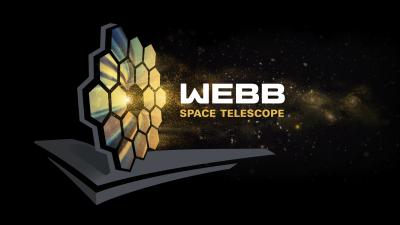
FOR IMMEDIATE RELEASE
June 21, 2022
NMC, SLEEPING BEAR DUNES, AND TRAVERSE AREA DISTRICT LIBRARY JOIN NASA IN NATIONWIDE CELEBRATION OF WEBB SPACE TELESCOPE FIRST SCIENCE IMAGES
[TRAVERSE CITY] — The James Webb Space Telescope (JWST) is NASA’s next great space science observatory. After a very complicated but successful launch, the JWST has been fine-tuning and now we are ready to unveil the first images!
On July 12, 2022 Northwestern Michigan College (NMC), the Traverse Area District Library (TADL), and the Sleeping Bear Dunes National Lakeshore will join together to simulcast and celebrate these first images, bringing the excitement of STEAM (science, technology, engineering, arts, and math) discovery to our region. The free program will include both in-person and online viewing options. Details are still being finalized and will be posted at tadl.org/webb
The partners will present two programs on July 12th, both locally hosted by NMC Astronomy professor, Jerry Dobek. Join us via Zoom or in-person at 10 AM for the First Images release event during which we'll see the telescope’s first full-color images and spectroscopic data. Join us again via Zoom or in-person at 6 PM for an Expert Panel program to discuss the First Image findings and answer audience questions.
“We are thrilled to team up with other official host sites,” said Michele P. Howard, TADL’s Director. “We’ve partnered with NMC and the Sleeping Bear Dunes National Lakeshore to help our community celebrate this amazing feat of science and engineering. As a library, curiosity is part of our mission and it’s really awe-inspiring to witness an event that will fundamentally change our understanding of the universe.”
Webb is the largest and most complex space science telescope ever built – the premier observatory of the next decade. This international mission, led by NASA in partnership with the European Space Agency and the Canadian Space Agency, launched Dec. 25, 2021. After unfolding in space into its final form, Webb successfully arrived at its destination nearly 1 million miles from Earth and began preparing for science operations.
Dr. Jerry Dobek, Head of Sciences at NMC has been looking forward to these images for years. “Galileo’s first use of the telescope in 1610 is analogous to taking a step at a time with Earth-based observation. Hubble was our first hop up into space-based observation. Now the JWST will be a leap toward advancing our knowledge of the universe.”
The observatory, which is designed to see the universe in the infrared, will push the field of astronomy into a new era. Webb will be able to study light from distant parts of the universe for the very first time – the first galaxies that formed over 13.5 billion years ago – and give us insight into how our universe formed. It will also peer into dusty stellar nurseries to explore distant worlds orbiting other stars, as well as observe objects in our own solar system. Webb will extend the scientific discoveries of other NASA missions like the Hubble Space Telescope, Chandra X-ray Observatory, and Transiting Exoplanet Survey Satellite.
David Fenlon, part of the Education Team at Sleeping Bear Dunes National Lakeshore, has been looking forward to the release as well. "Sleeping Bear Dunes National Lakeshore is excited to join the broader community in celebrating these first images. The Lakeshore is one of the best spots in the area for night sky viewing, and after all, half the park is after dark,” Fenlon said. “Sleeping Bear Dunes is committed to sharing this natural night landscape with visitors, as well as protecting it for current and future generations."
Watch for final details and more events on tadl.org/webb. To learn more about the Webb telescope, visit webbtelescope.org.
###